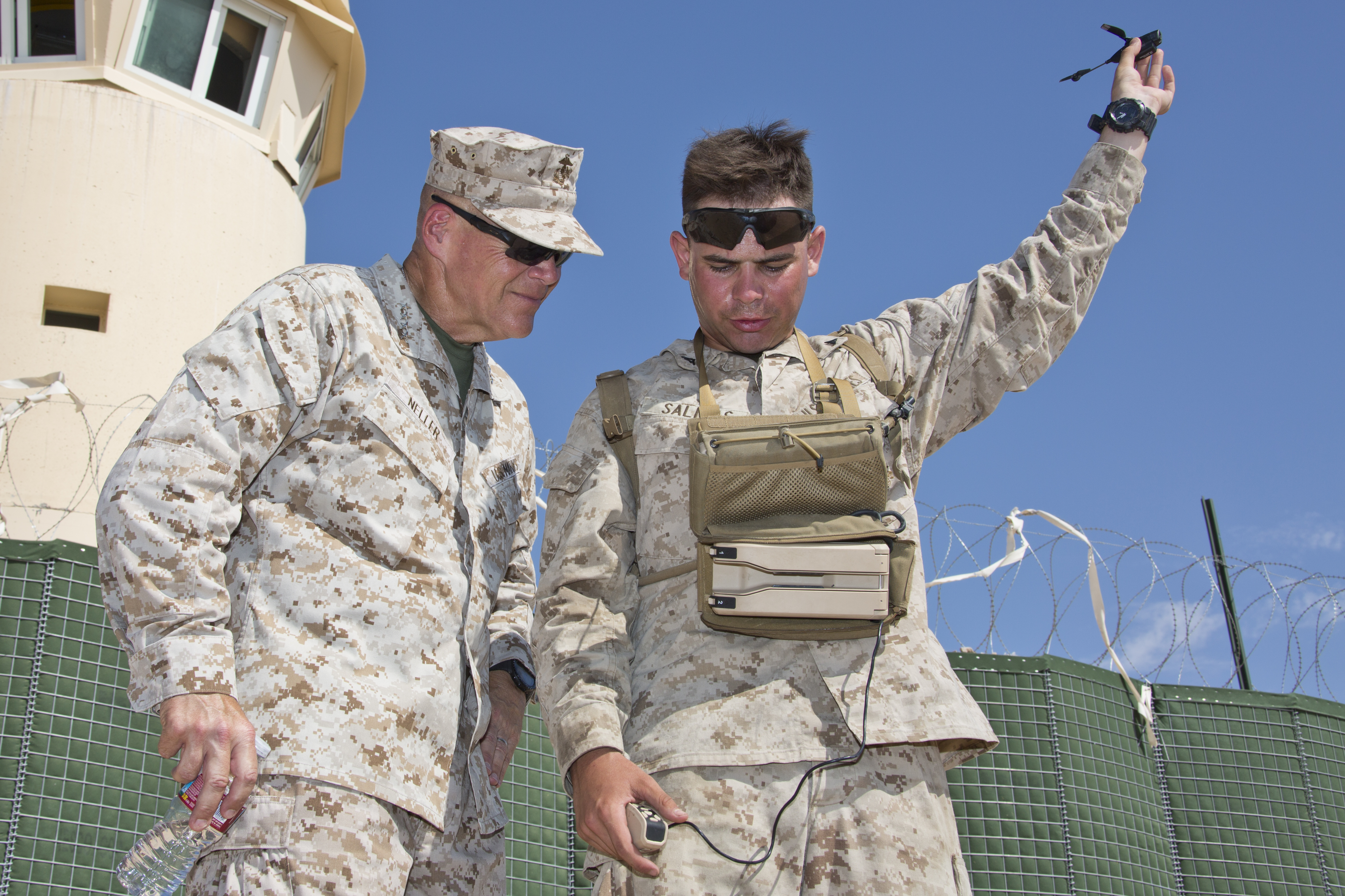
Marine Corps leadership is pleased with the sum of money Congress gave the service in this week’s spending bill agreement and says the 2017 funding levels set them on a healthy path to reach their goals for 2018 and beyond.
Assistant Commandant of the Marine Corps Gen. Glenn Walters said Thursday night at a Marine Corps Association awards dinner that the Marines asked lawmakers for “a slug of money” in their original Fiscal Year 2017 budget request, and Congress came back and asked what else the service needed – referring to the now-common practice of submitting unfunded requirements lists to show lawmakers what each service couldn’t get to within the Pentagon’s topline.
Ultimately, Walters said, “what Congress gave us in the appropriations bill was both of those, plus $200 million more” to help pay for spare parts to help booth Marine aviation readiness.

Walters told USNI News after the event that “everything we’re doing in ‘17 is a down payment. We want to maintain that momentum. [FY 2018] is going to be along the same kind of lines, unless something pops up in the world that tells us we’ve got to do something different. But I’m really looking forward to continuing the growth path we’re on right now.”
Lt. Gen. Ronald Bailey, deputy commandant for plans, policies and operations, told USNI News at the same event that Marine Corps leadership is “very pleased with how the budget turned out for the United States Marine Corps.”
Asked how the 2018 budget would build on this week’s spending agreement, Bailey said, “the commandant has come out and prioritized a couple things. He’s prioritized readiness as a number one priority, and then he’s said Marine Corps 2025 as number two. And the reason behind that is, we see ourselves as a crisis reaction force, and in order to be a crisis reaction force you’ve got to have a Marine Corps that’s ready and ready to fight tonight. Marine Corps 2025 is set up so that we are looking out at what do we see in terms of a threat and how we can prepare ourselves in terms of organize, train and equip to be able to fight that threat.”

Walters addressed Marine Corps Force 2025 in his awards dinner speech, saying the service would have to get innovative in both the technologies it pursues and how its personnel employ them. Rattling off a list of gear that would help the service reach its Marine Corps 2025 vision, he talked about pursuing “command and control and cyber capabilities; we’re going to do electronic warfare capabilities, unmanned systems and counter-UAS down to the company and platoon level; we’re going to get long-range fires, counter-UAS, aviation platforms and our ground combat vehicles.”
Bailey said the sum of money provided in the 2017 spending bill and the path it sets the Marine Corps on for 2018 is sufficient to “go and execute the strategy that [the commandant] described as Marine Corps 2025.”





